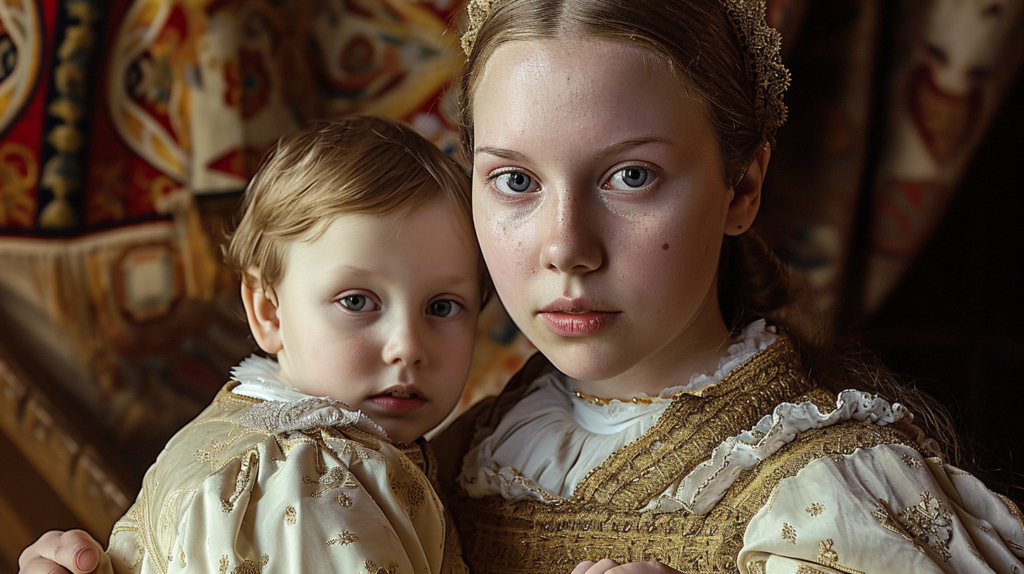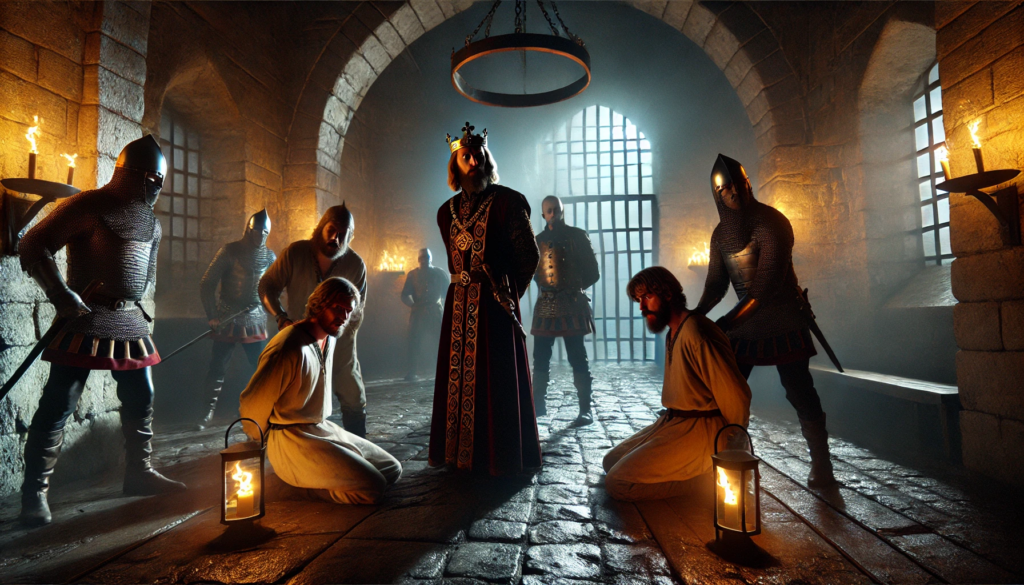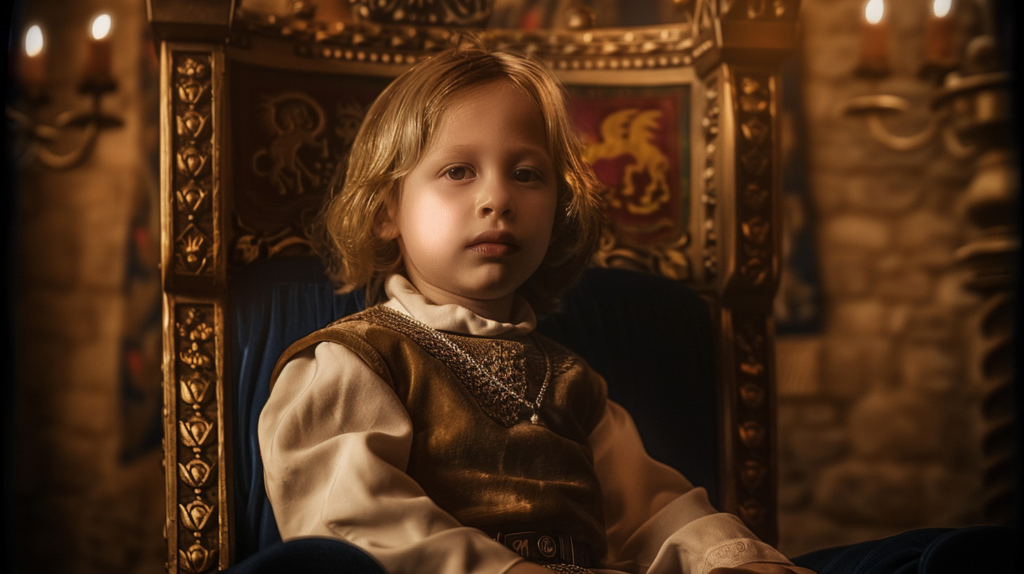In the last post, I wrote about the complicated relationships between Norway, Denmark and Sweden in the early 14th century, where the young Norweigan princess Ingeborg Håkonsdatter found herself in the midst of political turmoil.
After the double wedding where Ingeborg and her cousin – also named Ingeborg – married the two Swedish dukes Erik and Valdemar respectively, they moved with their new husbands to Sweden, and a rather peaceful time followed.
Even though Ingeborg was only eleven when she got married, child marriages were not uncommon among the upper classes in the Middle Ages. The Church however had a decree, that the newly wed were not allowed to sleep together until the bride was 15.

And Ingeborg was just 15 when she gave birth to their first child in the spring of 1316. The child was a boy, and was named Magnus, after Erik’s father. A year later, their daughter Eufemia was born.
The family lived at Bohus fortress, which was recently expanded and modernized and probably very luxurious for the time. It was a large household indeed, and around this time Ingeborg must have been deemed old enough to run it. The future for this power couple looked bright.
But Erik and Valdemar’s older brother, king Birger, was worried. He didn’t trust his brothers, who had rebelled against him many times before. Maybe the fact that both Erik and Valdemar recently had sons convinced him to act before it was too late.
In late 1317, the brothers received an invitation from the king to celebrate Christmas with him at Nyköping castle. Erik and Valdemar accepted the invitation, but – luckily – didn’t bring their families.

After an evening of celebration, the dukes went to bed. But in the night they were awakened by the king’s soldiers who arrested them.
And it is now, that Ingeborg and her cousin took a great step forward from being duchesses, to be leaders of a rebellion.
When news spread about the dukes’ imprisonment, their supporters gathered around the young women. It’s unsure weather they actually were involved actively, or if they were just a unifying symbol of the resistance against king Birger.
But Ingeborg, as a daughter of a king, had certainly been raised to rule. I believe she was very much an active part in the rebellion that followed.
As I mentioned when I described the political situation in the Nordic countries, Sweden had an alliance with Denmark. However, the Danish king had a rival for the throne – his own brother – and the two Ingeborg made an alliance with him against Sweden and Denmark. With help from the Danish opposition and Ingeborg’s father, the Norwegian king Håkon, the dukes’ supporters got the upper hand in the war that followed their imprisonment.
During the spring 1318 battles were fought throughout Sweden, and Nyköping castle where the dukes were held was besieged. Around midsummer, the defenders carried out the dukes’ dead bodies. The idea was to show their followers that they no longer had anything to fight for.

But Erik, who had been the leader in the opposition against his brother, had a son. Ingeborg’s son, Magnus. The little boy, only two years old, now became the rallying point for the rebels. And who better to champion his cause, than his own mother?
Ingeborg now claimed the Swedish crown in her son’s name.
King Birger’s forces and his Danish allies surrendered at the end of the year. Ingeborg was ready to grasp power. But then, bad news reached her from Norway…
Find out more in the next post!
Sources:
Högberg, Stefan. Svenska kvinnor historien glömde. (2019)
Karlsson, Thomas. Hertiginnan Ingeborgs Västsverige under 1300-talet. (2020)
Skeie, Tore. Jungfrun från Norge. (2014)

